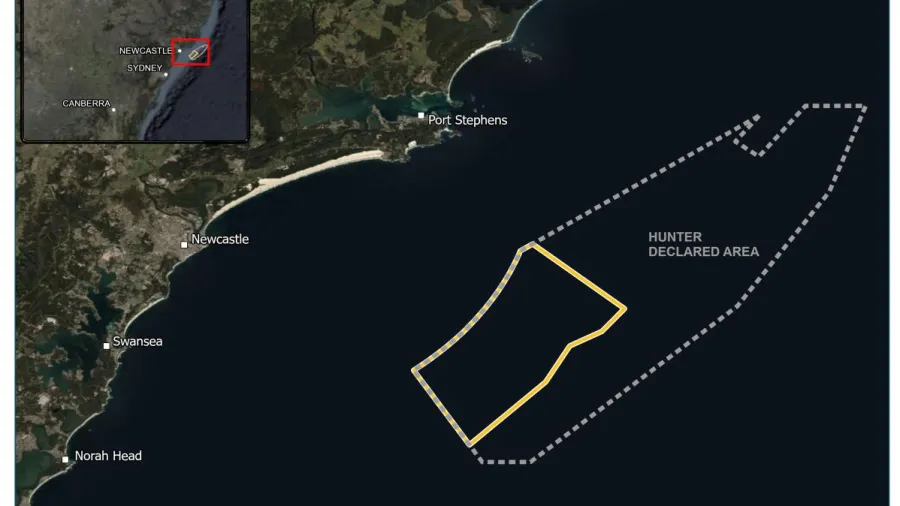
Australia offers first feasibility permits to Equinor and Oceanex for Hunter floating wind farm
The facility could power up 1.2 million homes.
The Australian government has granted Norwegian energy firm Equinor and Oceanex Energy the licence to study the building of the Hunter offshore wind zone.
In a statement, authorities said there is only one feasibility licence for the Novocastrian Wind Pty Ltd project because other applications were for overlapping areas and found to be of lower merit.
If the project receives a go signal, the floating wind farm would employ around 3,000 workers during construction and create around 200–300 permanent local jobs.
It is expected to generate over 2 gigawatts (GW) of electricity, lighting up 1.2 million homes or supplying power to two Tomago smelters.
The project’s developer will be also required to consult fishers, and avoid, mitigate, and offset any impacts on fishing.
Minister for Climate Change and Energy Chris Bowen expects recreational fishers will be able to travel and fish within the offshore wind zone.
In those jurisdictions, turbines should be around 2 kilometres apart with an exclusion zone of 50 metres around turbines. It means fishing vessels can go about their normal operations within the wind farm.
Bowen will conduct further consultation with applicants and First Nations groups before a final decision is made.
Once the feasibility study is approved, the developer can apply for a commercial licence to build an offshore wind project to generate electricity commercially.

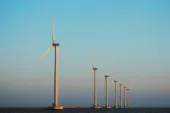

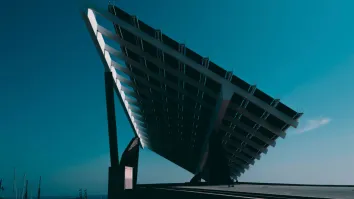
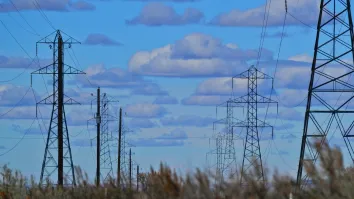
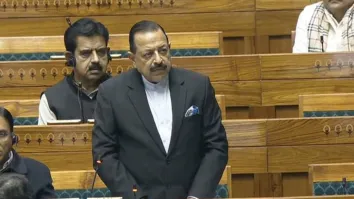













 Advertise
Advertise






